Archives
- 2025-11
- 2025-10
- 2023-07
- 2023-06
- 2023-05
- 2023-04
- 2023-03
- 2023-02
- 2023-01
- 2022-12
- 2022-11
- 2022-10
- 2022-09
- 2022-08
- 2022-07
- 2022-06
- 2022-05
- 2022-04
- 2022-03
- 2022-02
- 2022-01
- 2021-12
- 2021-11
- 2021-10
- 2021-09
- 2021-08
- 2021-07
- 2021-06
- 2021-05
- 2021-04
- 2021-03
- 2021-02
- 2021-01
- 2020-12
- 2020-11
- 2020-10
- 2020-09
- 2020-08
- 2020-07
- 2020-06
- 2020-05
- 2020-04
- 2020-03
- 2020-02
- 2020-01
- 2019-12
- 2019-11
- 2019-10
- 2019-09
- 2019-08
- 2019-07
- 2019-06
- 2019-05
- 2019-04
- 2018-07
-
br Conflicts of interest br Introduction Arylamine N acetylt
2020-12-08
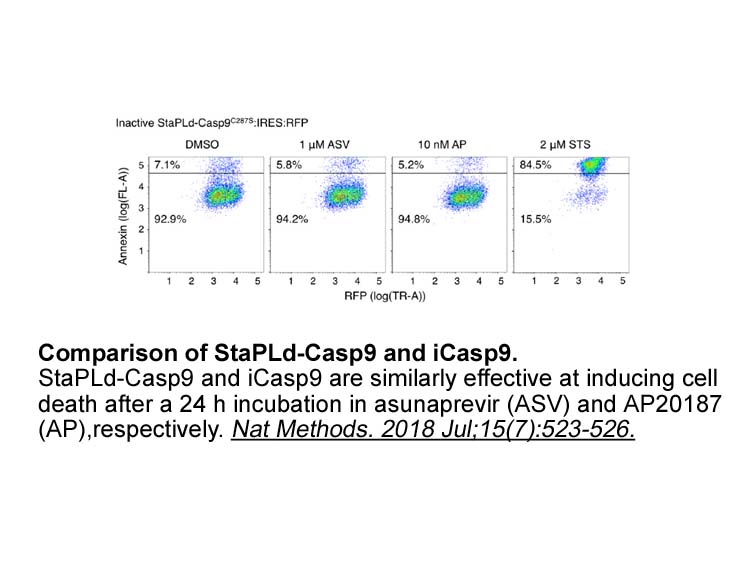
Conflicts of interest Introduction Arylamine N-acetyltransferase 1 (NAT1, EC 2.3.1.5) is a cytosolic enzyme that catalyses the acetylation of small molecule arylamines, hydrazines and sulphonamides (Hein, 2002). Found in most 46619 in the body, NAT1 expression is regulated at the transcriptio
-
br Conclusions This study showed that in
2020-12-08
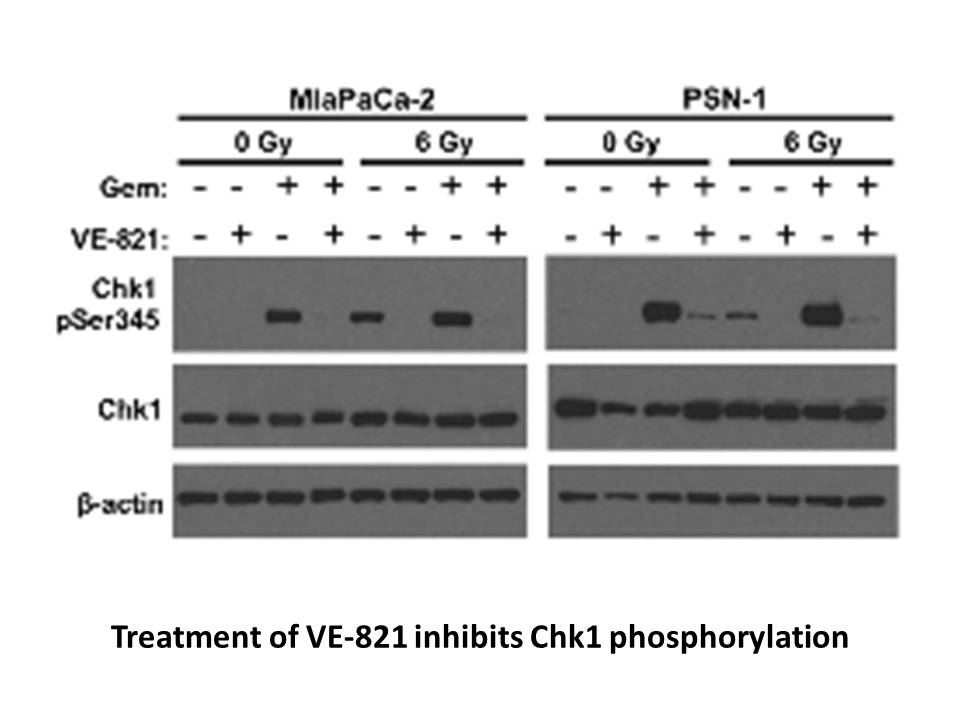
Conclusions This study showed that in EOC cells, tyrosine kinase receptor DDR1 was expressed mainly in EOC CCG-1423 mg with an Epithelial phenotype. The repressed expression of DDR1 in EOC cells with Mesenchymal phenotype could be due to the higher CpG methylation levels observed at the promoter
-
br Materials and methods br Author contributions br
2020-12-08

Materials and methods Author contributions Acknowledgements Supported by grants from the Zhejiang Provincial Natural Science Foundation (LY16H030016, LY17H030012), and the Zhejiang Science and Technology Public Welfare Project (2015C33279), Anesthesiology Center in North of Zhejiang Provinc
-
Because flavonoids are widely considered to contribute to he
2020-12-08
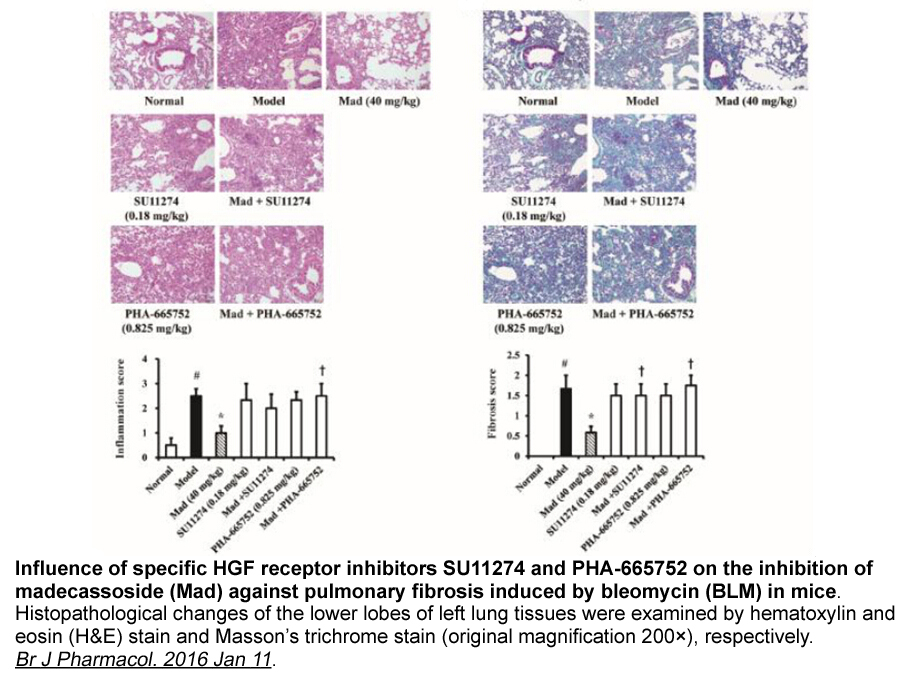
Because flavonoids are widely considered to contribute to health benefits in humans, including anti-inflammatory, antibacterial, antiviral, anticancer, antiplatelet properties, and free radical scavenging capacity (Xiao et al., 2011), efforts have frequently been made to increase their bioavailabili
-
For in vitro expression analysis
2020-12-08

For in vitro expression analysis of CXCL8 and CXCRs by stimulated leucocytes, peripheral blood leucocytes (PBLs) were isolated using Percoll density gradient centrifugation as described earlier . Cell suspensions were adjusted to 5×10/ml. Four milliliters of tissue culture medium were plated per wel
-
The intricate roles and neural systems and mechanisms involv
2020-12-08
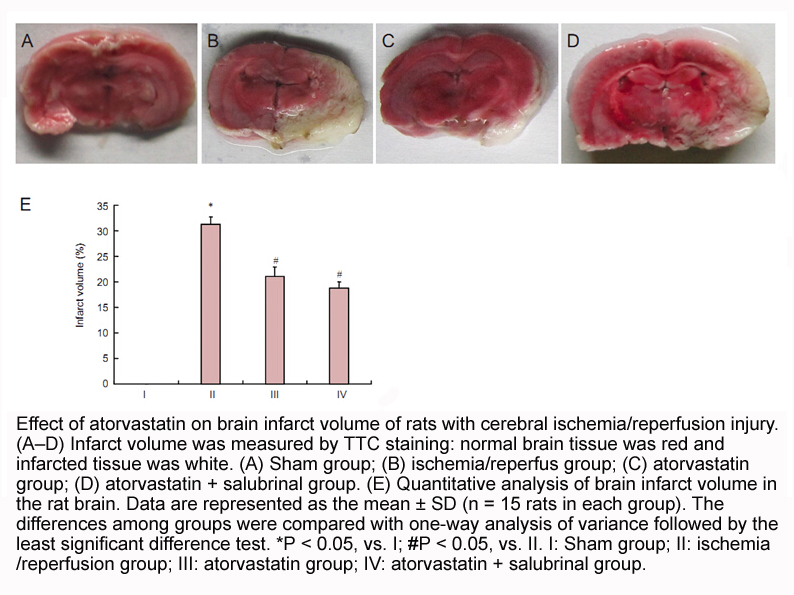
The intricate roles and neural systems and mechanisms involved in the CRF1 and CRF2 mediation of spontaneous and stress-induced anxiety behavior remain to be defined. Of particular relevance are studies evaluating the behavioral actions of CRF1 and CRF2 receptors separately as well as together. For
-
Two are the sigma receptors identified to date
2020-12-08

Two are the sigma receptors identified to date: the non-opioid receptor, σ1R, and σ2R, whose identity with the Progesterone Receptor Membrane Component 1 (PGRMC-1) protein is in doubt (Chu et al., 2015). Despite endogenous ligands have not been yet identified, drugs of abuse may interact with these
-
Leukotrienes themselves are implicated in the
2020-12-08

Leukotrienes themselves are implicated in the development of gastrointestinal ulcers, asthmas, and different inflammatory processes [18], [19]. It is noteworthy that COX isozymes and LOX share the same substrate arachidonic acid; therefore, inhibition of prostaglandins production by cyclooxygenase p
-
In the course of carbohydrate metabolism pyruvate the
2020-12-08
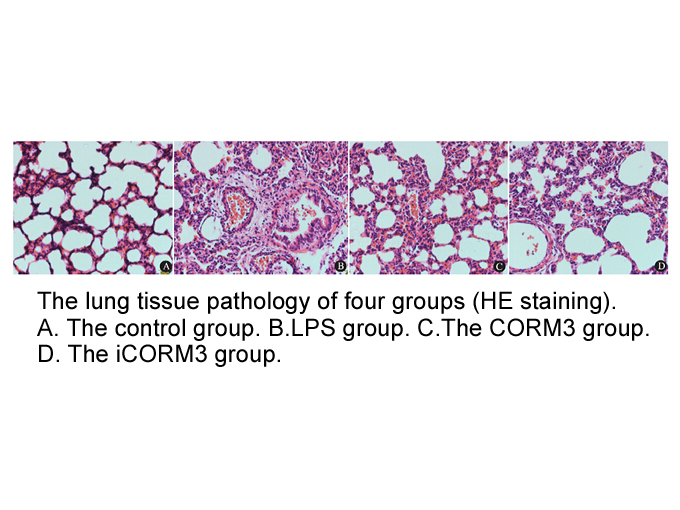
In the course of carbohydrate metabolism, pyruvate, the end product of glycolysis, is converted to acetyl-CoA, which fuels the citrate cycle for further generation of energy. In the case of elevated levels of acetyl-CoA, acetyl-CoA is converted into malonyl-CoA by the action of acetyl-CoA carboxylas
-
To better understand the mechanism of splicing
2020-12-08

To better understand the mechanism of splicing in CLCN1, we began by constructing a minigene spanning exons 5–7 of CLCN1, resulting in the synthetic CLCN1 (5–7) minigene. We also established a new assay using real-time reverse transcription (RT)-PCR, which can distinguish between splicing variants b
-
In S cerevisiae Mek a paralog of the
2020-12-08
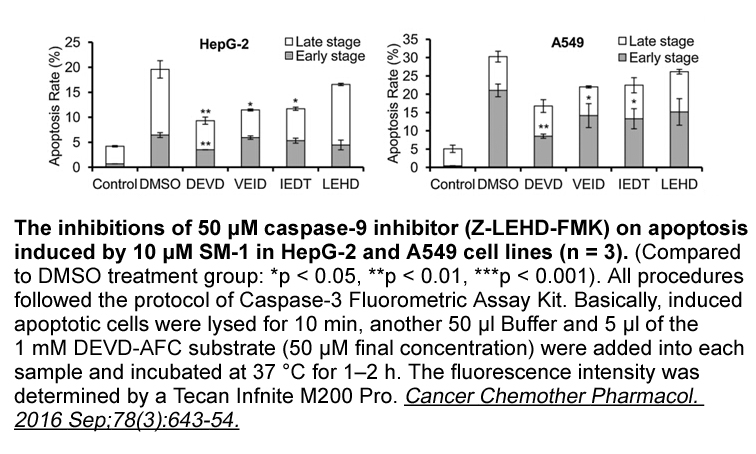
In S. cerevisiae, Mek1, a paralog of the checkpoint kinase Chk2, mediates cell-cycle arrest in response to meiotic defects (Bailis and Roeder, 2000, Xu et al., 1997). Mek1 is associated with meiotic chromosome axes, where its activation requires interactions with two other axis proteins, Hop1 and Re
-
br Clinical studies br Practical implications for
2020-12-07

Clinical studies Practical implications for young women Conclusion Research on the oncogenic mechanism of hormones has advanced dramatically in the latter years. The finding that progestogens are more powerful determinants of risk than estrogens in breast cancer has been added to advances i
-
T7 High Yield Cy5 RNA One possibility to differentiate betwe
2020-12-07

One possibility to differentiate between the two failure modes, and also to identify the corresponding characteristics of the resulting fracture surface, is a series of FNCT measurements with varying nominal (initial) stress. The dependence of the observed time to failure tf on the actual stress cha
-
Enhanced oxidative stress has been suggested as the critical
2020-12-07
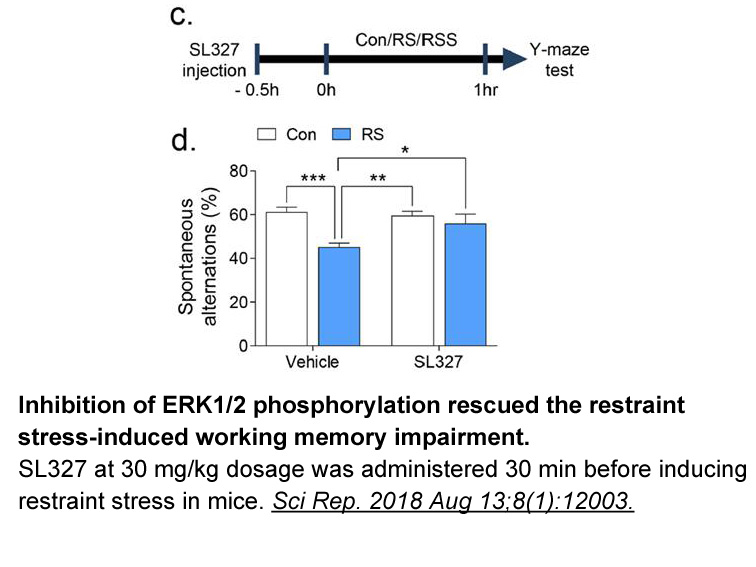
Enhanced oxidative stress has been suggested as the critical mechanisms of IS-produced muscle damage [41,42]. NAC as a direct reactive oxygen species ROS scavenger is frequently discussed in the clinical trials of radiocontrast-induced AKI prevention [43]. Despite some supportive epidemiological dat
-
EphB appears to be a low affinity receptor for
2020-12-07
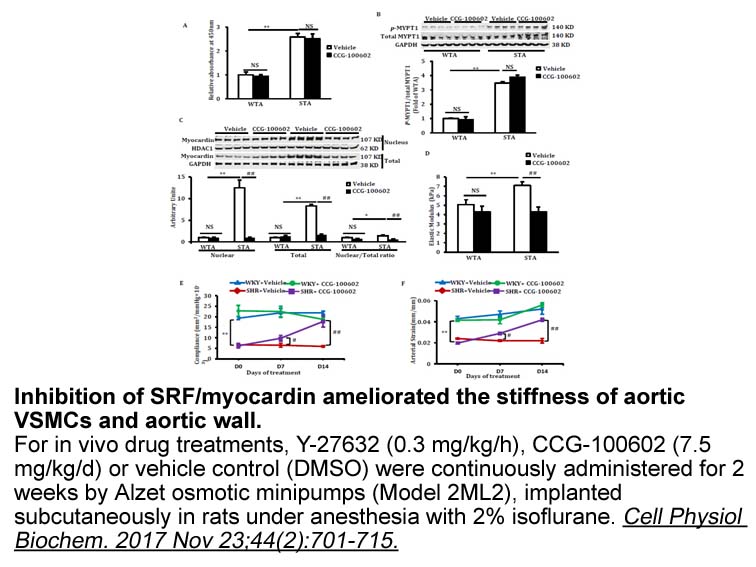
EphB4 appears to be a low-affinity receptor for rhEpo based on the biochemical data. The concentration of rhEpo used for the biological experiments (50 IU/ml) corresponds to 10–15 nM, which is 1% to 2% of the KD value (KD = 881 nM) for the binding of rhEpo to EphB4, as measured in the MST assay. The
11234 records 444/749 page Previous Next First page 上5页 441442443444445 下5页 Last page